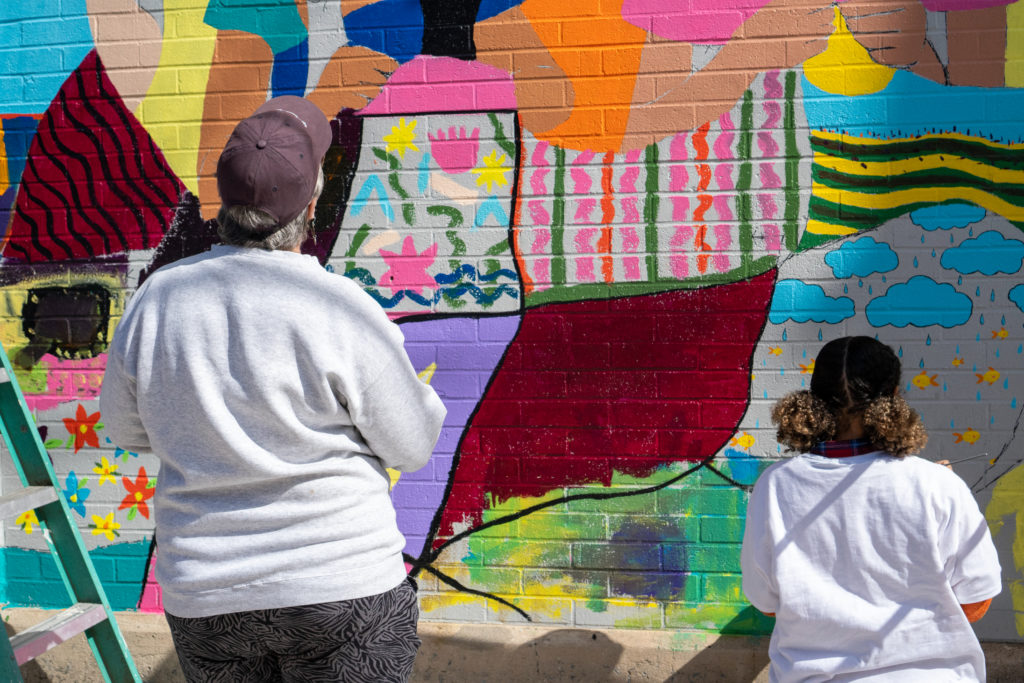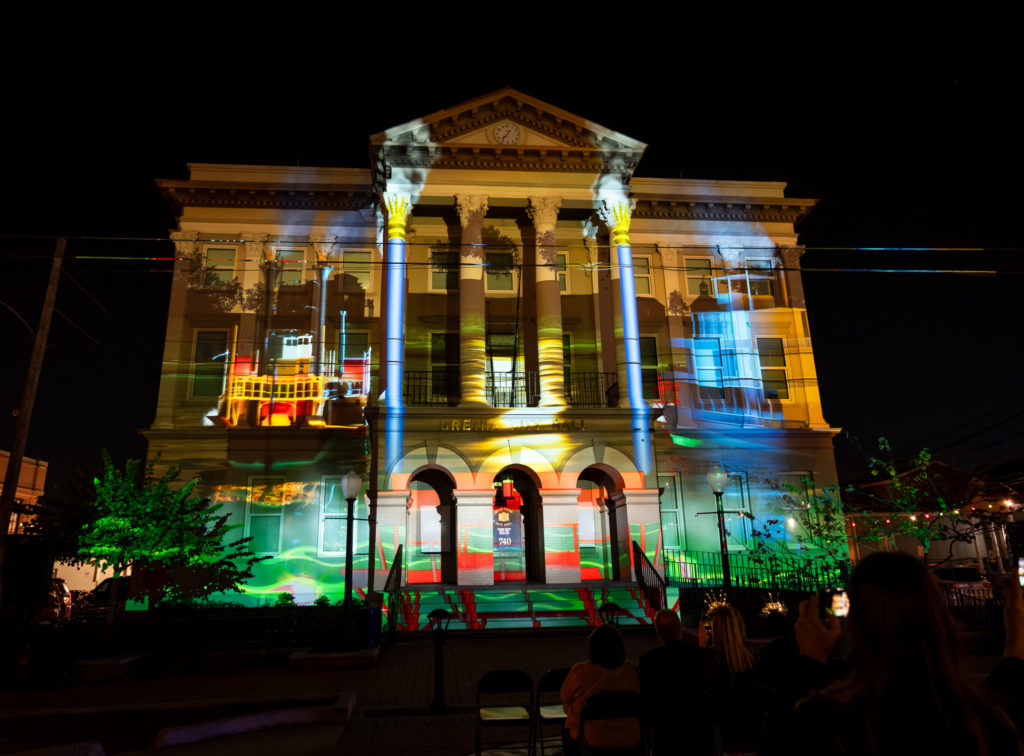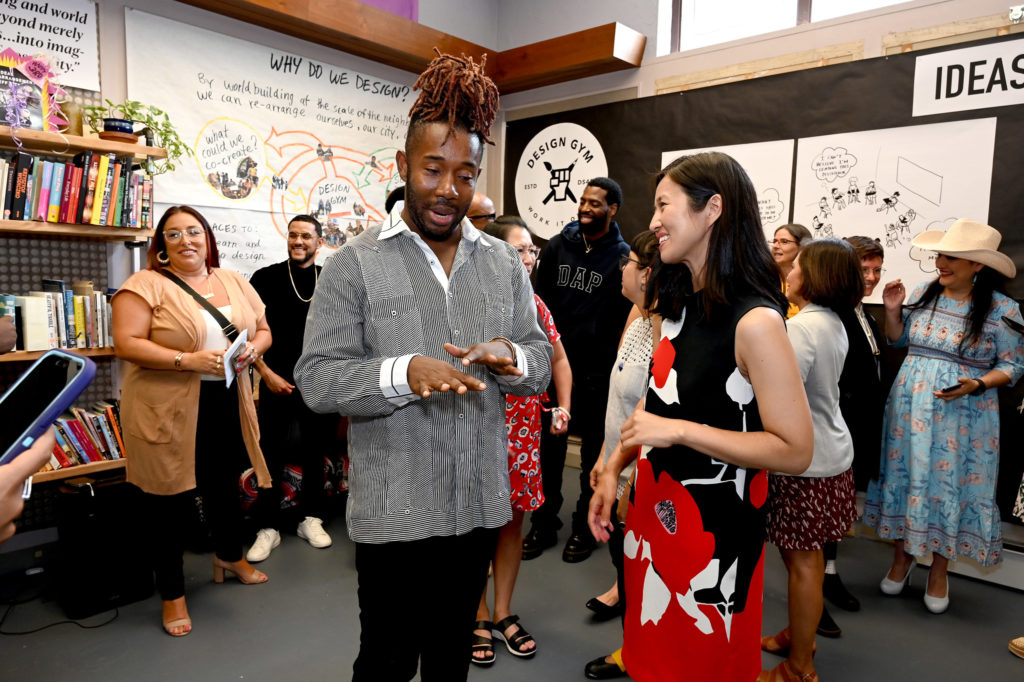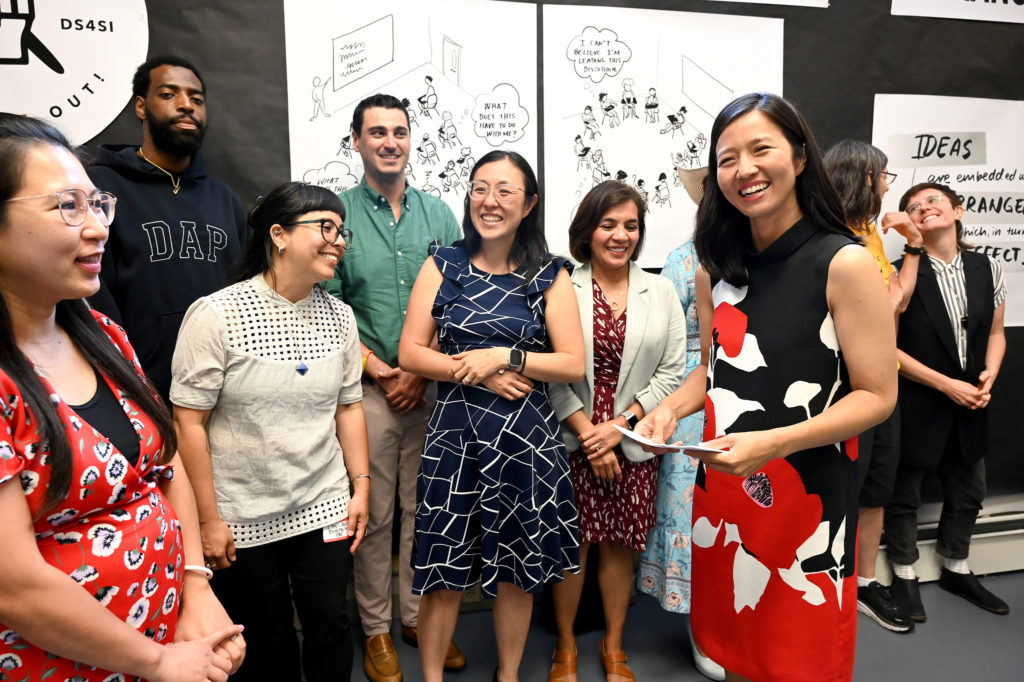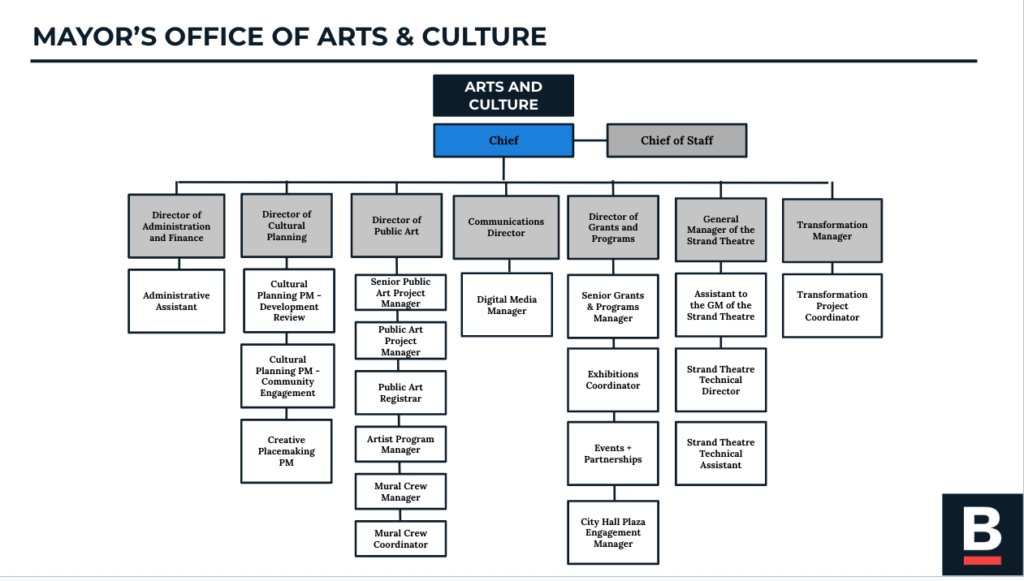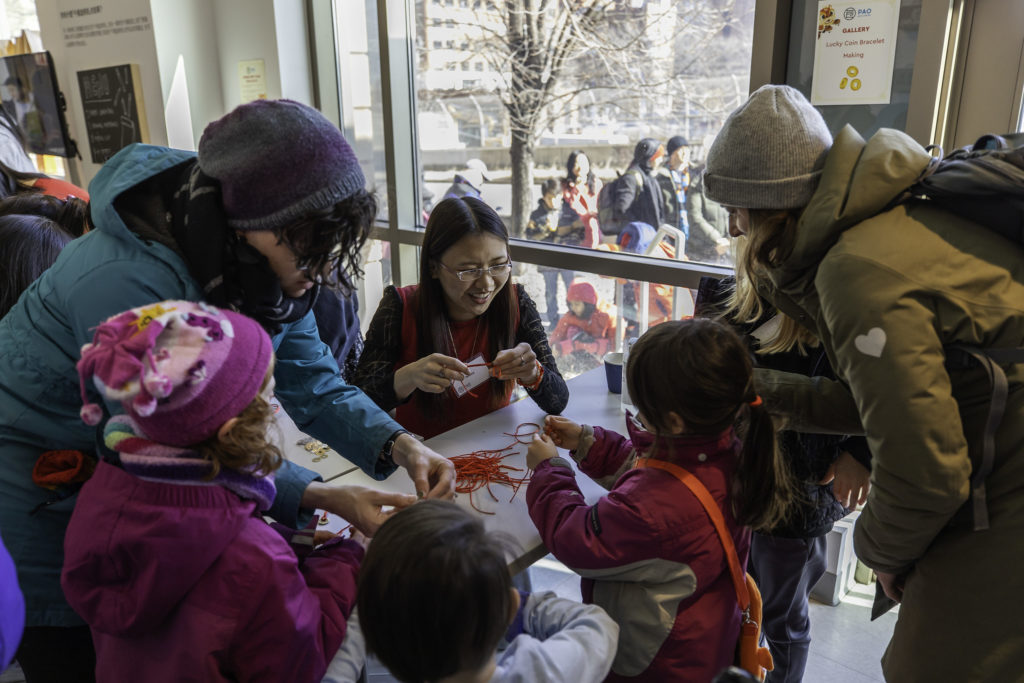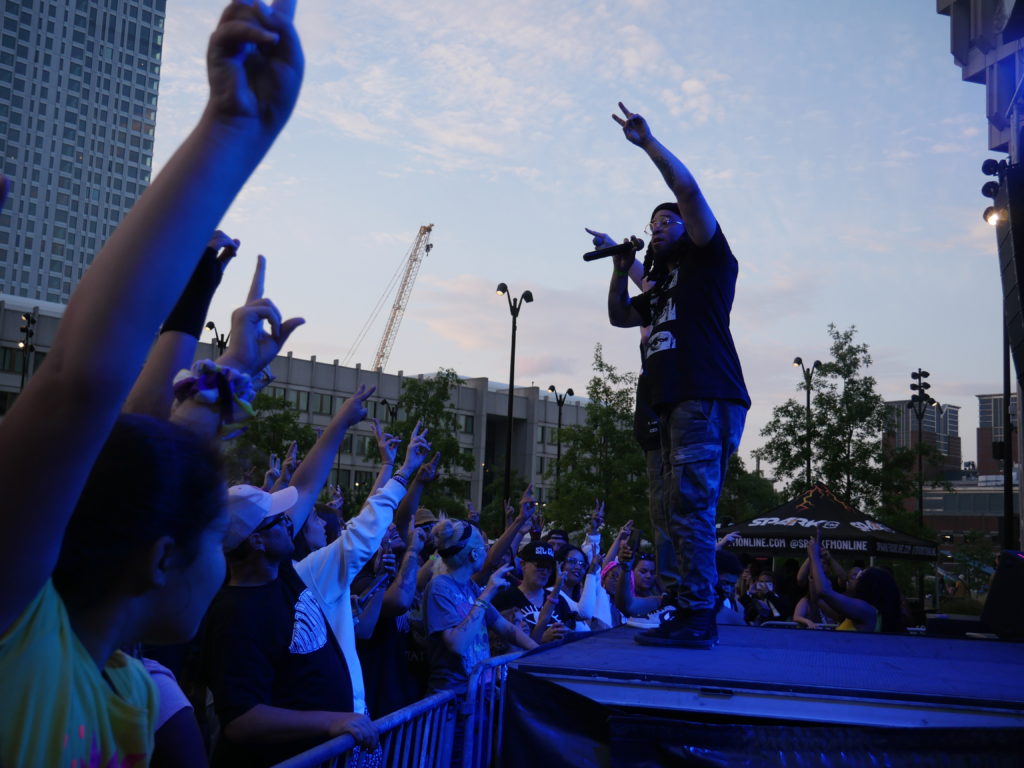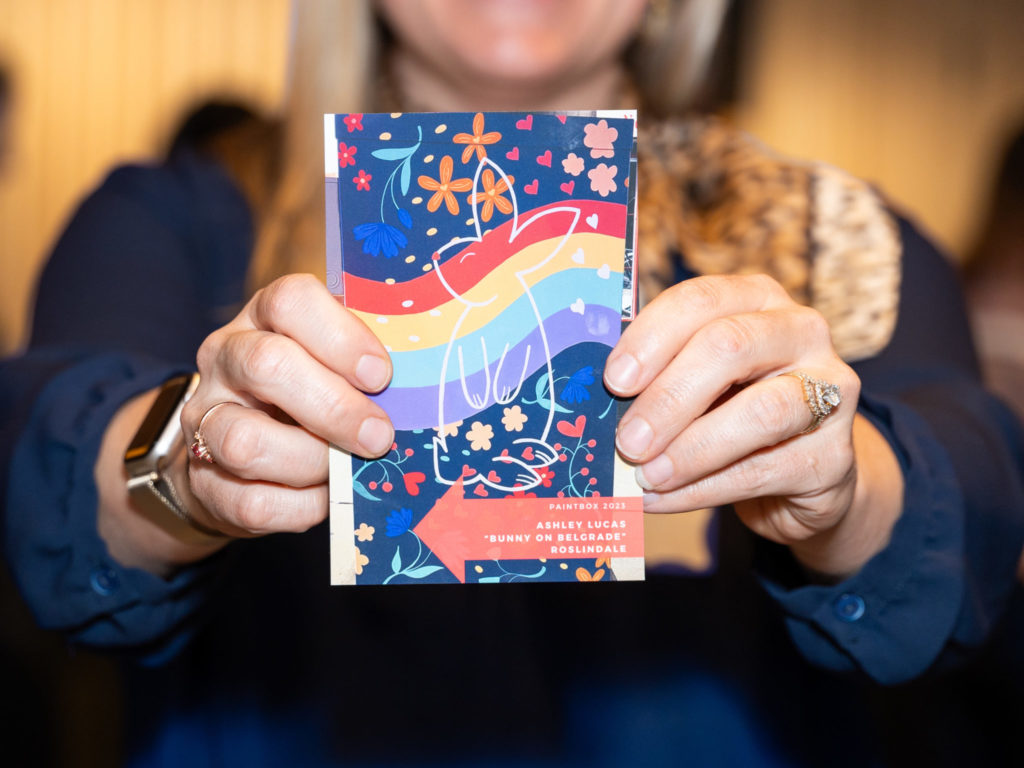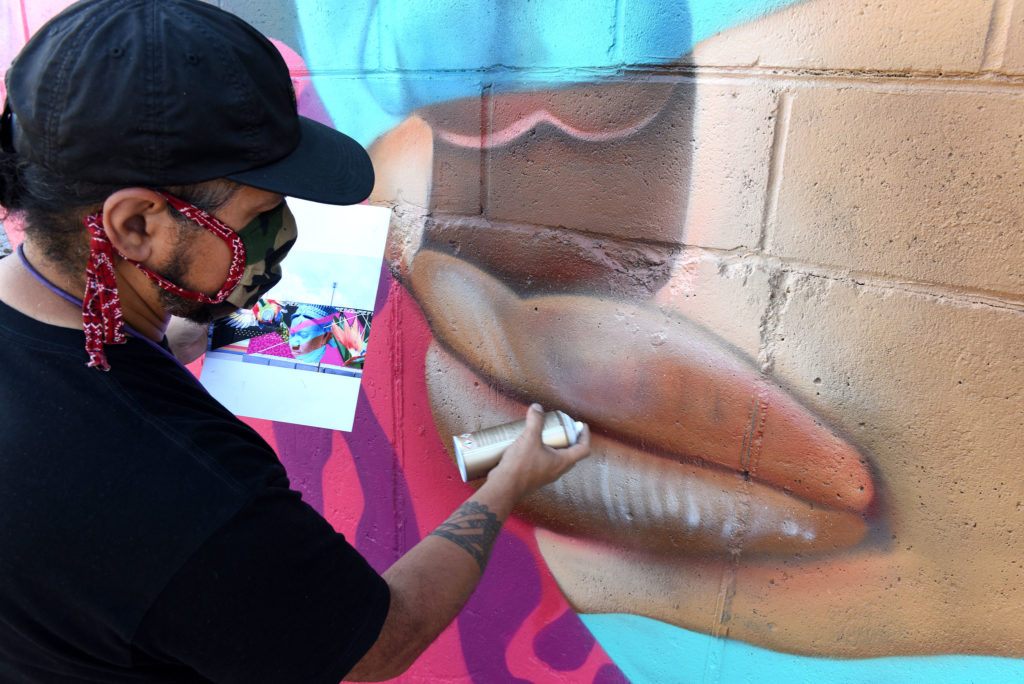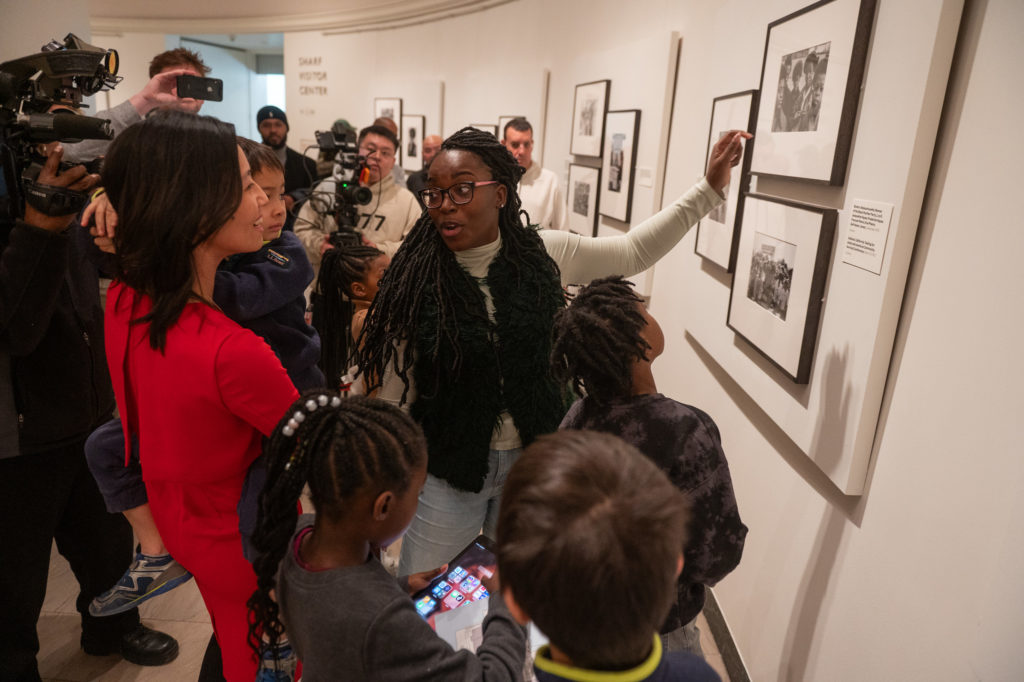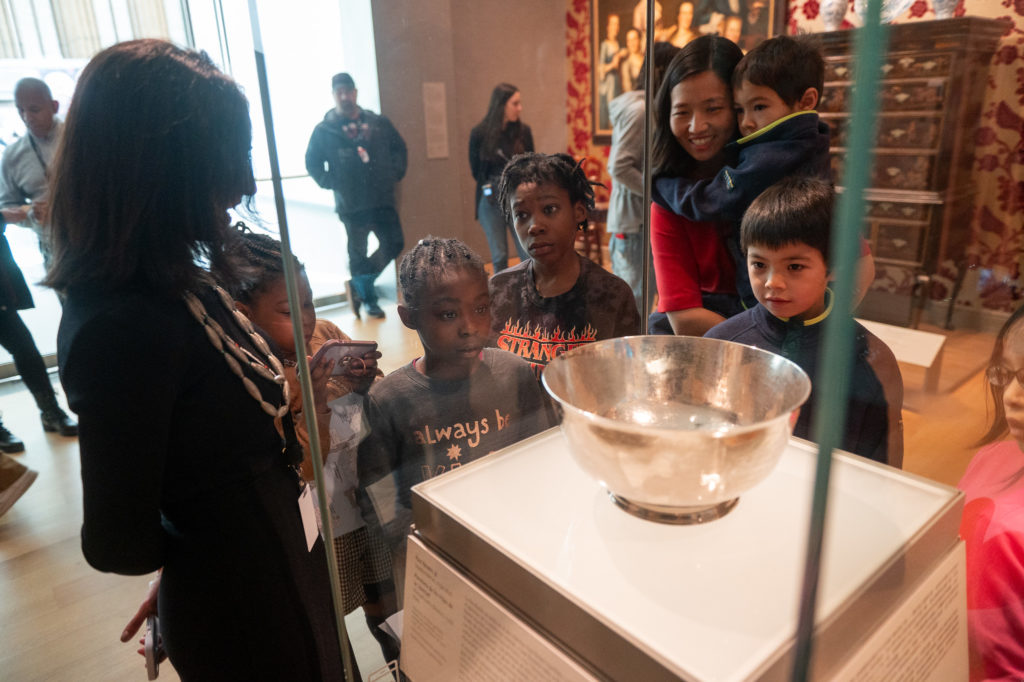There is a lot of deep relational and strategy work behind the scenes of collaboration that the Mayor and our leadership can uniquely do.
Kara Elliott-Ortega, Chief of Arts & Culture, City of Boston
Introduction
Since finding that Boston’s financial and strategic support for the arts lagged behind that of its peer cities, two successive mayoral administrations have paved the way for the city to become a regional and national leader in integrating arts, culture, and equity into its everyday operations. Under former Mayor Marty Walsh and now Mayor Michelle Wu, Boston created the first cabinet-level position for the arts, formed a department focused on the arts, and implemented the first citywide cultural plan. Since then, the Mayor’s Office of Arts and Culture (MOAC) has become a leading city and region-wide voice for innovative and equitable arts investments and creative policy solutions.
Since 2016, MOAC has invested over $11 million of city operating funds and $22 million in federal COVID relief dollars. Every year, the office funds over 200 arts organizations and 150 individual artists. In collaboration with the Boston Planning and Development Agency, MOAC is actively stewarding the creation of 700,000 square feet of cultural space in development.
Challenge
The City of Boston is well-known for its early American colonial history, as the seat of many storied academic institutions and the technology industries that have grown up around them, and an urban hub to enjoy New England scenery and seafood. But despite its population size, wealth, and diversity, a report released in 2016 by the Boston Foundation found that the city and region’s public and private funding of arts and culture was lower than peer cities. As a result, the arts institutions that have been able to survive are more reliant than others on ticket sales, creating a cycle of theater, performance, and visual arts institutions catering to wealthier audiences. The report also showed that Boston ranked lowest among the cities studied in terms of the creation of new artworks. The Mayor’s Office of Arts and Culture was created to address these challenges and bring a clear vision, strategy, and investment to the city’s arts ecosystem.
City leaders saw this as an opportunity to enhance Boston in culturally unique ways. They anticipated that through strategic funding for and leadership in the arts, Boston could help attract and retain innovative cultural leaders, organizations, small businesses, and audiences. Leaders recognized that this effort could diversify the city’s workforce opportunities and cultural attractions, ultimately shaping a more resilient economy. In addition, they wanted to support the city’s vibrant, largely underground music scene and to uplift art forms and cultural expression among marginalized artists and communities.
Impact
City leaders began by commissioning a large-scale, comprehensive, community-engaged cultural plan called Boston Creates. 5,000 people participated in this thoughtful and equity-oriented 16-month process, which resulted in broad ownership of and excitement about its goals and future plans.
This municipal effort became a roadmap for the new Mayor’s Office of Arts and Culture. Nine years later, under the continued stewardship of Mayor Michelle Wu and leadership of Chief of Arts & Culture Kara Elliott-Ortega, the deep strategic and relational effort to implement these strategies is paying off. The city also put $22 million in federal American Rescue Plan Act (ARPA) funds towards strengthening the city’s arts and culture.
Investment in public infrastructure for the arts has positioned MOAC to be newly responsive to three long-entrenched barriers: lack of space for cultural production that maintains Boston’s role as central to the region’s creative economy, cross-institution collaboration required for large-scale arts access for Boston youth and families, and integrating creative thinking and innovation within government.
Space for cultural production
MOAC has intentionally created a relationship with the city’s planning and development offices by investing in a robust, four-person planning and development staff, building off efforts made over the past twenty years. Engaging in collaboration with the city’s planning and development processes has embedded arts and culture into everyday development activities. This collaboration has helped protect artist studio space from being displaced (at the Humphreys Street Studio) and created new permanently affordable cultural space and a vision for cultural development (at Upham’s Corner).
Most recently, MOAC worked directly with a developer to acquire property to be used permanently for artist practice space (290 Beacon Street) as part of a Boston Housing Authority development that will include new public housing units. These place-based efforts then buoyed the office to collaborate with neighboring cities and the regional planning agency on a cultural infrastructure audit and create a grant for cultural spaces.
Cross-institution collaboration
In 2024, Mayor Wu announced a groundbreaking partnership with several of the city’s largest cultural institutions to offer free admission twice a month for Boston Public School students and their families. Within the first four Sundays of the program, over 10,000 students and families visited these six institutions. The Barr Foundation, the largest funder of arts and culture in the region, has also funded a multi-year process during which leaders from over 30 Boston arts organizations are collectively evaluating their “commitments to and progress towards becoming equitable and inclusive organizations.” (Read more about the Boston Cultural Leaders Coalition.)
MOAC has pursued many efforts at the intersection of arts policy and community development to address longstanding inequities in the city, including a multi-year partnership with the Massachusetts College of Art and Design called Radical Imagination for Racial Justice. This program funded Black, Indigenous, and People of Color (BIPOC) artists to imagine what racial justice looks like in their communities. MOAC has also begun a process to evaluate and redevelop sites of public memory through a new equity-oriented memorial program.
Integrating creative thinking into government
In addition to all of the external efforts described above, city leaders have looked inward at how they can bring the power of the arts to bear on internal operations. Boston’s Artists-in-Residence program is one of the country’s oldest and largest such program: each year, a cohort of artists is selected and funded to work on civic projects – and most recently, each artist has been paired internally with a city department to work on collaborative projects.
Artist in Residence Ellice Patterson, part of the fifth cohort in 2022-2023, is the Founder and Executive Director of Abilities Dance, a company that welcomes artists with and without disabilities. She has been with the Boston Transportation Department to help them learn more about the needs of deaf and disabled people with regard to street design, and connect more deeply with more members of those communities.
Also part of the 2022-2023 cohort is Ashton Lites, also known as Stiggity Stackz, a veteran leader of freestyle and street dance in Boston and beyond. Lites has been working with the Boston Parks and Recreation Department and the Design Studio for Social Intervention to help the city view public infrastructure as cultural infrastructure, and to build a new piece of permanent public cultural infrastructure called the “dance court“.
The city is also leveraging its physical spaces to highlight undervalued artistic and cultural communities throughout the city. After a recent redesign of the public plaza outside City Hall, MOAC hired a well-known hip-hop artist to be the inaugural City Hall Plaza programmer and create a series of events highlighting Boston’s vibrant hip-hop scene and many others.
Lessons for City Leaders
- Municipal leadership in the arts can uniquely – by virtue of its ability to conduct thorough public engagement and bring together public and private actors – create a shared vision and catalyze tremendous shifts in the cultural life of a city.
- In cities with extreme development pressure, municipalities have a critical role to play in policies that protect and create space for the arts long-term.
- Investing in new city staff positions and departments with expertise in arts and culture – equipping them with the capacity and authority to achieve cross-departmental collaboration – can have ripple effects through city government.
- These investments and vision can help retain a diverse, creative workforce and create a dynamic and economically vibrant city filled with a variety of creative experiences for all. They also demonstrate that mayors and city staff value local artists and cultural workers for what they offer to the entire city.


